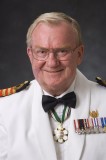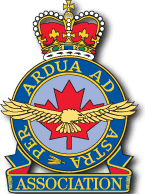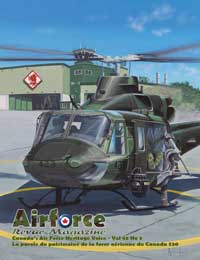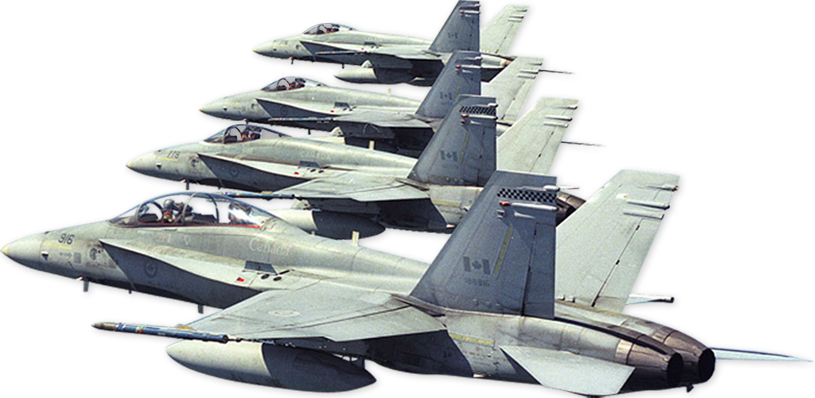 CANADIANS DECORATED WHILE SERVING AS ENLISTED OR COMMISSIONED MEMBERS OF THE ROYAL AIR FORCE AND OTHER COMMONWEALTH AIR FORCES. This data base (scroll down to see linked files for downloading) was prepared with generous assistance and editing on the part of Surgeon Commander (ex F/O) John Blatherwick, OC, CM, CD, MD, New Westminster, British Columbia. NOTES: This data base is drawn primarily from two card files now held by the Directorate of History and Heritage, Canadian Forces Headquarters, one dealing with wartime honours and awards to Canadian flying personnel, the other compiled by the late Wing Commander F.H. Hitchins. As a historical officer in Britain in 1940-41, Hitchins compiled extensive notes on Canadians who had enrolled directly in the RAF, a task which he appears to have allowed to lapse as increasing RCAF strength overseas demanded more of his time. Other documents are cited when relevant throughout the text, as well as assorted publications. Two factors have complicated this project. One is defining “Canadian”, given that Canadian citizenship (as distinct from “British subject”) was not created until 1947. A careful reading of these notes will indicate that some persons previously described as “Canadian” had very slight connections with Canada, and general rules about what defines a Canadian would exclude some. Thus, if P.S. Turner (born in Britain, raised in Canada, postwar career in Canada) is accepted as a Canadian, then Max Aitkin (born in Canada, raised in Britain, postwar career in Britain) is more likely defined as British rather than Canadian. Another borderline case is that of G.B. Rand, who was born in Britain and lived there until the age of 14; nevertheless, he worked in Canada for a decade before joining the RAF, and as the war drew to a close he transferred to the RCAF, came back to Canada, and lived here the rest of his life. Other instances will become apparent throughout this data base. The other complicating factor has been a well-known book, Canadians in the RAF, by Les Allison. This was, in large measure, based on the Hitchins cards (as was this data base), but it also relied heavily on second-hand accounts and interviews years after events. Some of his “Canadians” turned out to be British personnel whose only connection with Canada was to have been posted to this country for various duties between in 1940 and 1945. Other statements of “fact” proved to be incorrect (see H.E. Angell, whose “DSO” was never awarded). Spurious “Canadians in the RAF” are listed separately at the end of this data base. From time to time RCAF Air Force Routine Orders (AFROs) announced honours and casualties under a specific heading – “Canadians in the Royal Air Force” – and mention of these may be taken as fairly conclusive proof that somebody in RCAF Overseas Headquarters had concluded these people were “Canadian”. It is difficult to say what we should conclude when an person was not so identified (George G. Scott, for example), but when a Canadian connection appears tenuous, the absence of such an AFRO entry suggests origins other than Canadian.
CANADIANS DECORATED WHILE SERVING AS ENLISTED OR COMMISSIONED MEMBERS OF THE ROYAL AIR FORCE AND OTHER COMMONWEALTH AIR FORCES. This data base (scroll down to see linked files for downloading) was prepared with generous assistance and editing on the part of Surgeon Commander (ex F/O) John Blatherwick, OC, CM, CD, MD, New Westminster, British Columbia. NOTES: This data base is drawn primarily from two card files now held by the Directorate of History and Heritage, Canadian Forces Headquarters, one dealing with wartime honours and awards to Canadian flying personnel, the other compiled by the late Wing Commander F.H. Hitchins. As a historical officer in Britain in 1940-41, Hitchins compiled extensive notes on Canadians who had enrolled directly in the RAF, a task which he appears to have allowed to lapse as increasing RCAF strength overseas demanded more of his time. Other documents are cited when relevant throughout the text, as well as assorted publications. Two factors have complicated this project. One is defining “Canadian”, given that Canadian citizenship (as distinct from “British subject”) was not created until 1947. A careful reading of these notes will indicate that some persons previously described as “Canadian” had very slight connections with Canada, and general rules about what defines a Canadian would exclude some. Thus, if P.S. Turner (born in Britain, raised in Canada, postwar career in Canada) is accepted as a Canadian, then Max Aitkin (born in Canada, raised in Britain, postwar career in Britain) is more likely defined as British rather than Canadian. Another borderline case is that of G.B. Rand, who was born in Britain and lived there until the age of 14; nevertheless, he worked in Canada for a decade before joining the RAF, and as the war drew to a close he transferred to the RCAF, came back to Canada, and lived here the rest of his life. Other instances will become apparent throughout this data base. The other complicating factor has been a well-known book, Canadians in the RAF, by Les Allison. This was, in large measure, based on the Hitchins cards (as was this data base), but it also relied heavily on second-hand accounts and interviews years after events. Some of his “Canadians” turned out to be British personnel whose only connection with Canada was to have been posted to this country for various duties between in 1940 and 1945. Other statements of “fact” proved to be incorrect (see H.E. Angell, whose “DSO” was never awarded). Spurious “Canadians in the RAF” are listed separately at the end of this data base. From time to time RCAF Air Force Routine Orders (AFROs) announced honours and casualties under a specific heading – “Canadians in the Royal Air Force” – and mention of these may be taken as fairly conclusive proof that somebody in RCAF Overseas Headquarters had concluded these people were “Canadian”. It is difficult to say what we should conclude when an person was not so identified (George G. Scott, for example), but when a Canadian connection appears tenuous, the absence of such an AFRO entry suggests origins other than Canadian.








